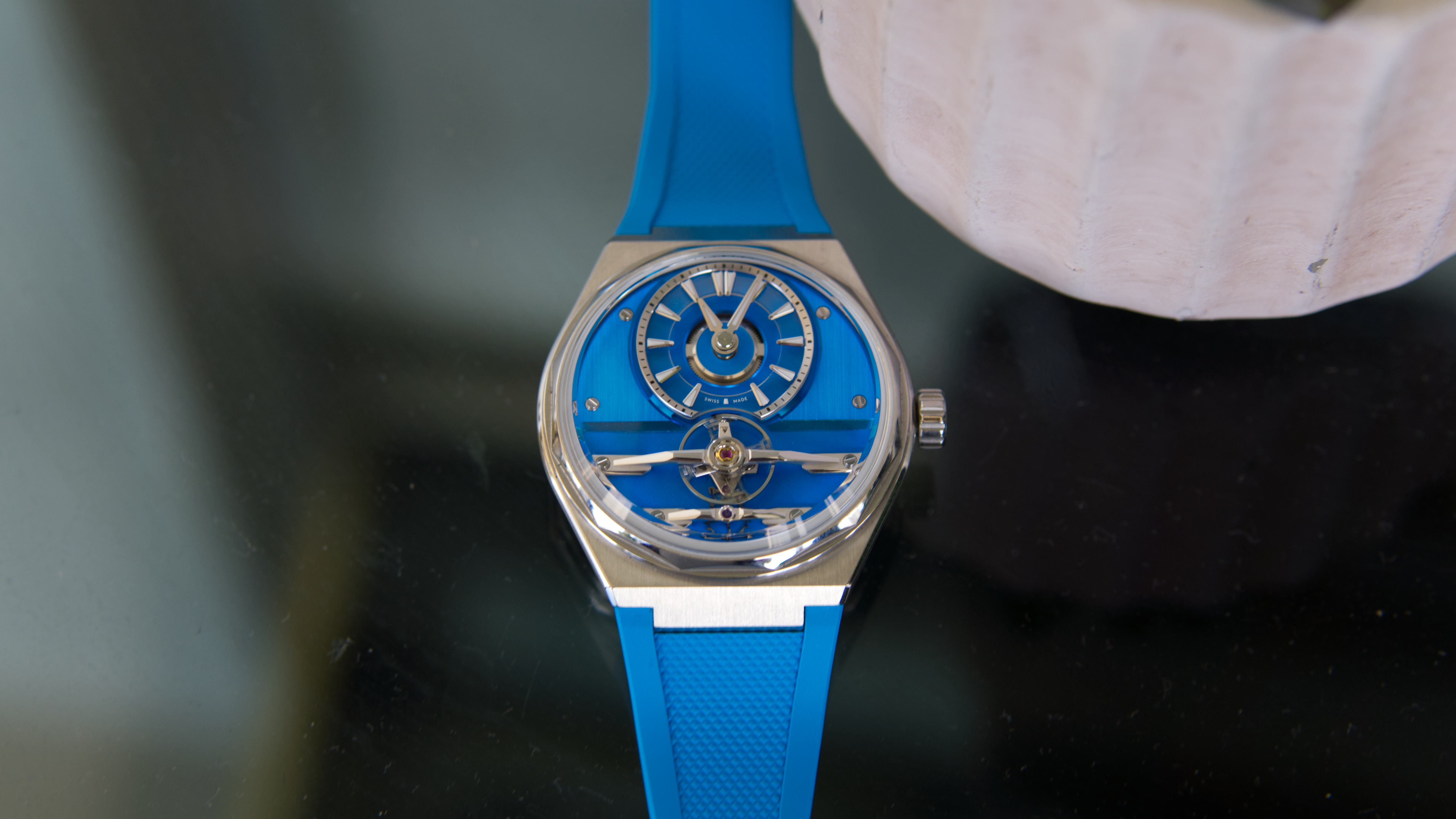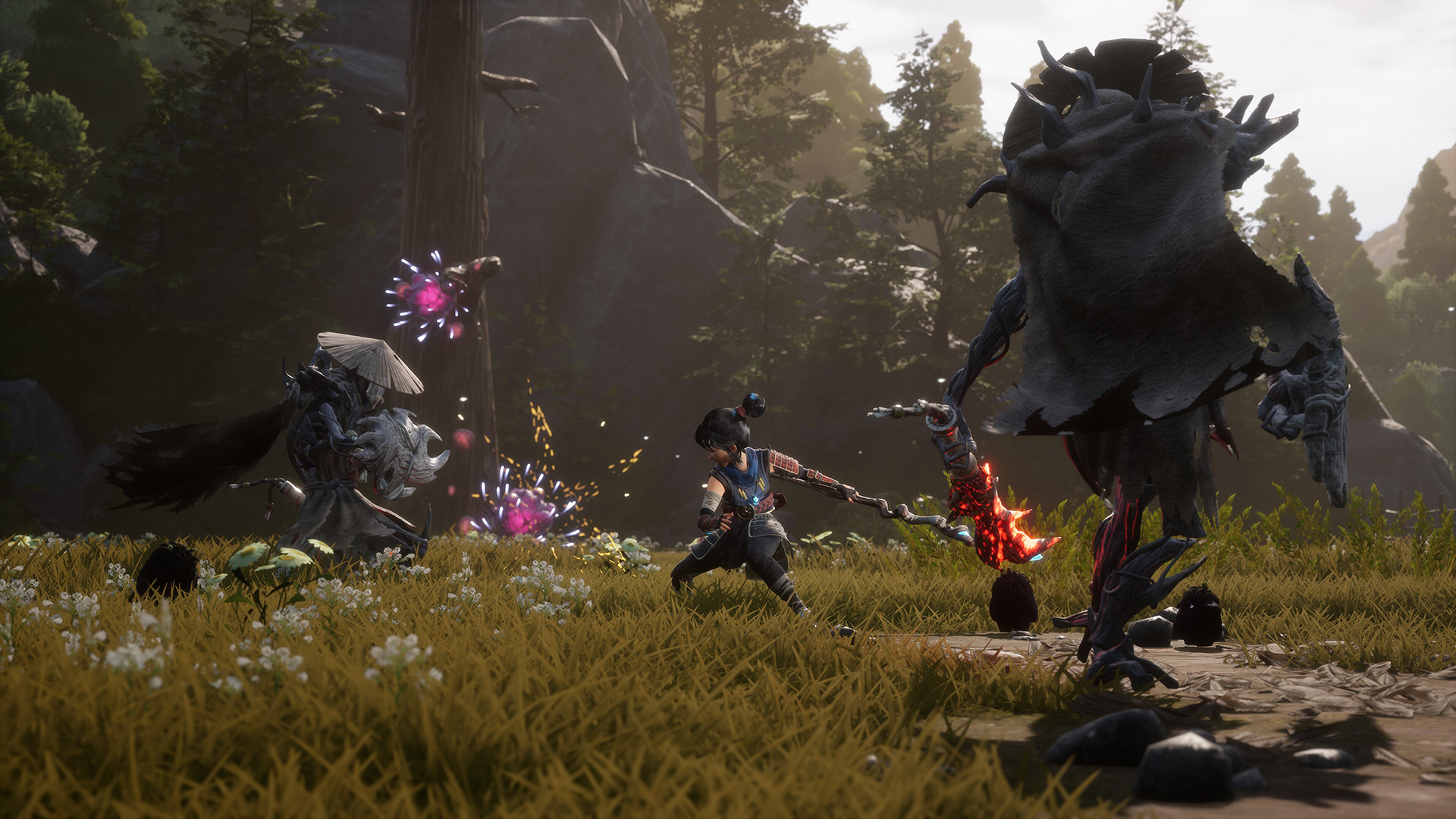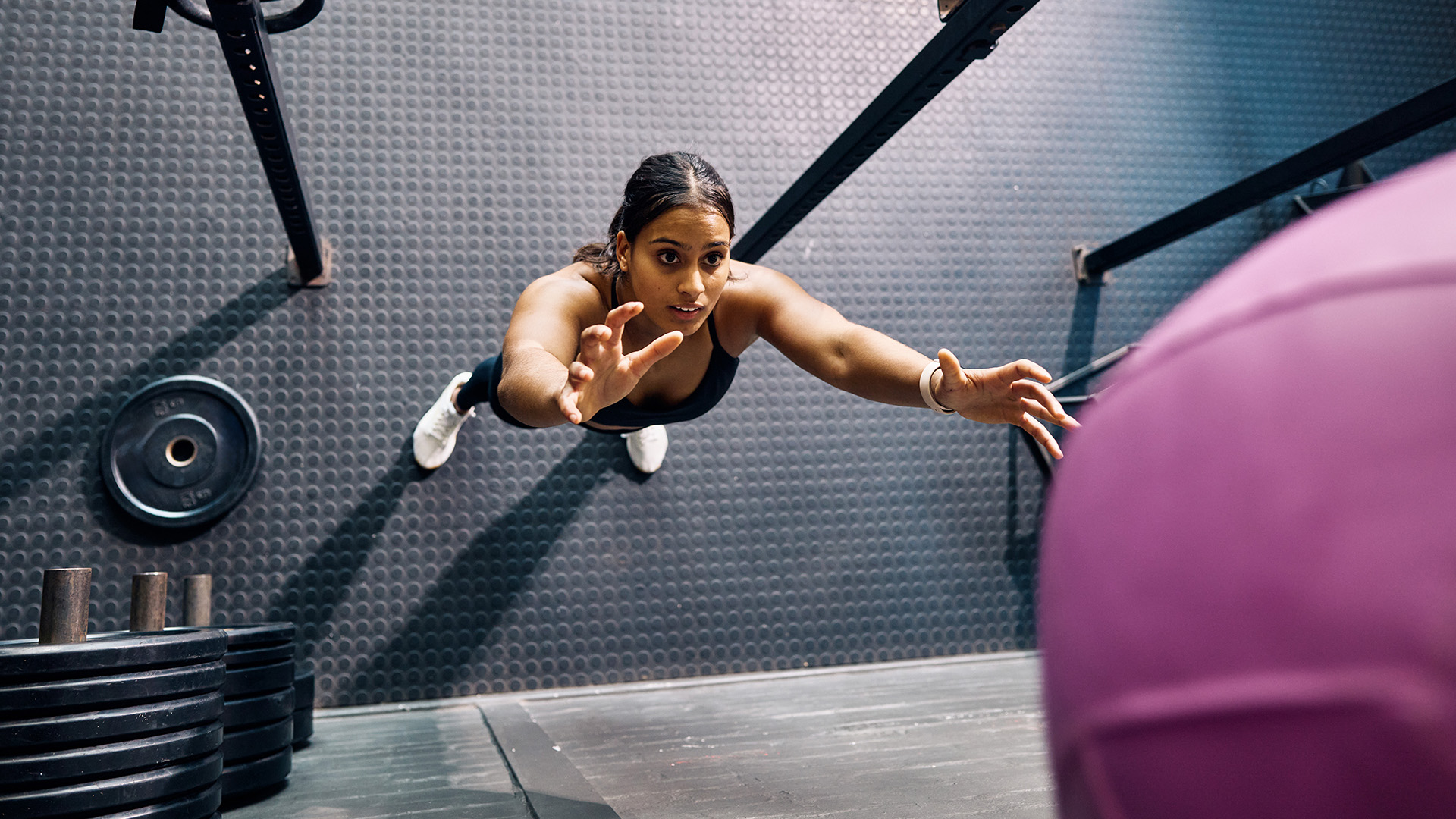
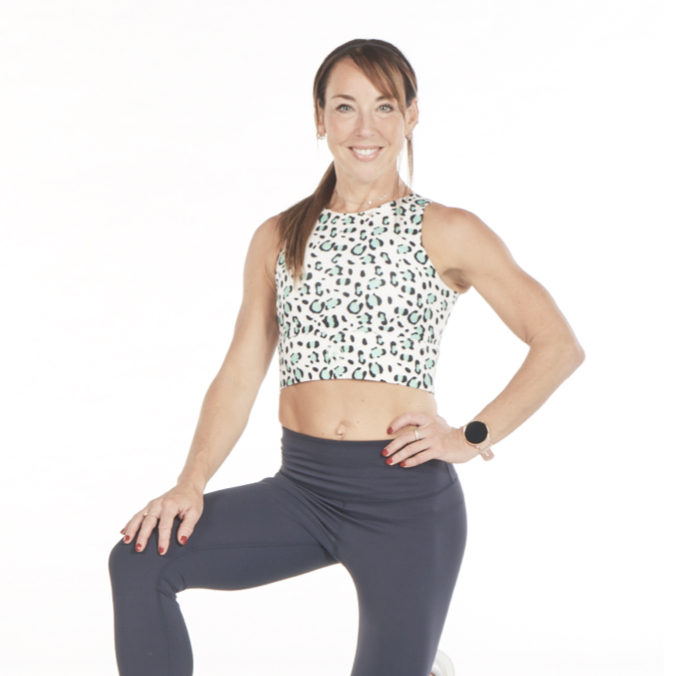
Wall balls are deceptively fun – and trust me, they’re as enjoyable as they look. Gone are my days of barbell thrusters and goblet squats-to-press. Instead, I found a way to work the same muscle groups and master similar movement patterns: squatting while cradling a medicine ball, launching it high into the air, catching it on the way down, and repeating.
When performed correctly, wall balls are a standout, full-body compound exercise. Though they were once a niche movement in traditional gyms, the rise and acceptance of functional fitness has made them a mainstream staple.
My local gym now features four designated ball targets prominently on the floor, and I’ve noticed more people incorporating this impressive-looking move into their routines. Cue the FOMO! It was time for me to embrace the challenge, join the wall ball squad, and have a ball – if only for a week.
What are the benefits of wall balls?
“Wall balls are one of the most effective full-body exercises, combining strength, power, and cardio,” says Andrew Gillis, Master Trainer, Co-Founder of Resilience Fitness, and HYROX Athlete.
“If there’s one exercise that challenges your entire body, it’s the wall ball. It’s a safe and low-impact way to build strength without placing excessive strain on your back. They’re an amazing addition to any conditioning workout,” Gillis adds. But what makes them so effective?
“Not only do they target major muscle groups like your quads, glutes, core, shoulders, and arms, but they also improve coordination and endurance,” he explains. “This makes them perfect for building explosive power and preparing for functional movements that translate into everyday life.”
Wall Ball Form Guide
If you’re new to wall balls, you might think they’re as simple as squat, throw, and catch. I thought the same – until I realized how much technique goes into executing them effectively and safely. Here’s how to perfect your form:
Sign up to the T3 newsletter for smarter living straight to your inbox
Get all the latest news, reviews, deals and buying guides on gorgeous tech, home and active products from the T3 experts
Stand at arm’s length from the wall
“Position yourself about an arm’s length away from the target,” says Clinoa McKinney, PT, HYROX 365 athlete, and CrossFit Level 1 coach. “This distance allows you to throw straight up without losing control.”
Get low in the squat
“Sink into a full squat, keeping your hips below parallel,” advises McKinney. “Keep your chest lifted, your back straight, and avoid hunching forward.”
Drive through your legs
“Don’t rely solely on arm strength – this is a lower-body power move,” McKinney explains. “Push through your heels to generate maximum upward force.”
Aim for a straight throw
“As you rise, push the ball straight toward the target. Avoid flicking your wrists – keep the motion smooth and controlled,” McKinney says.
Catch and flow
“Catch the ball at chest height and immediately transition into your next squat,” McKinney adds. “Think of it as a rhythmic movement without pauses between reps.”
Follow these steps, and you’ll be on your way to smashing HYROX wall balls like a pro!
This is what happened when I did 30 wall balls every day for a week
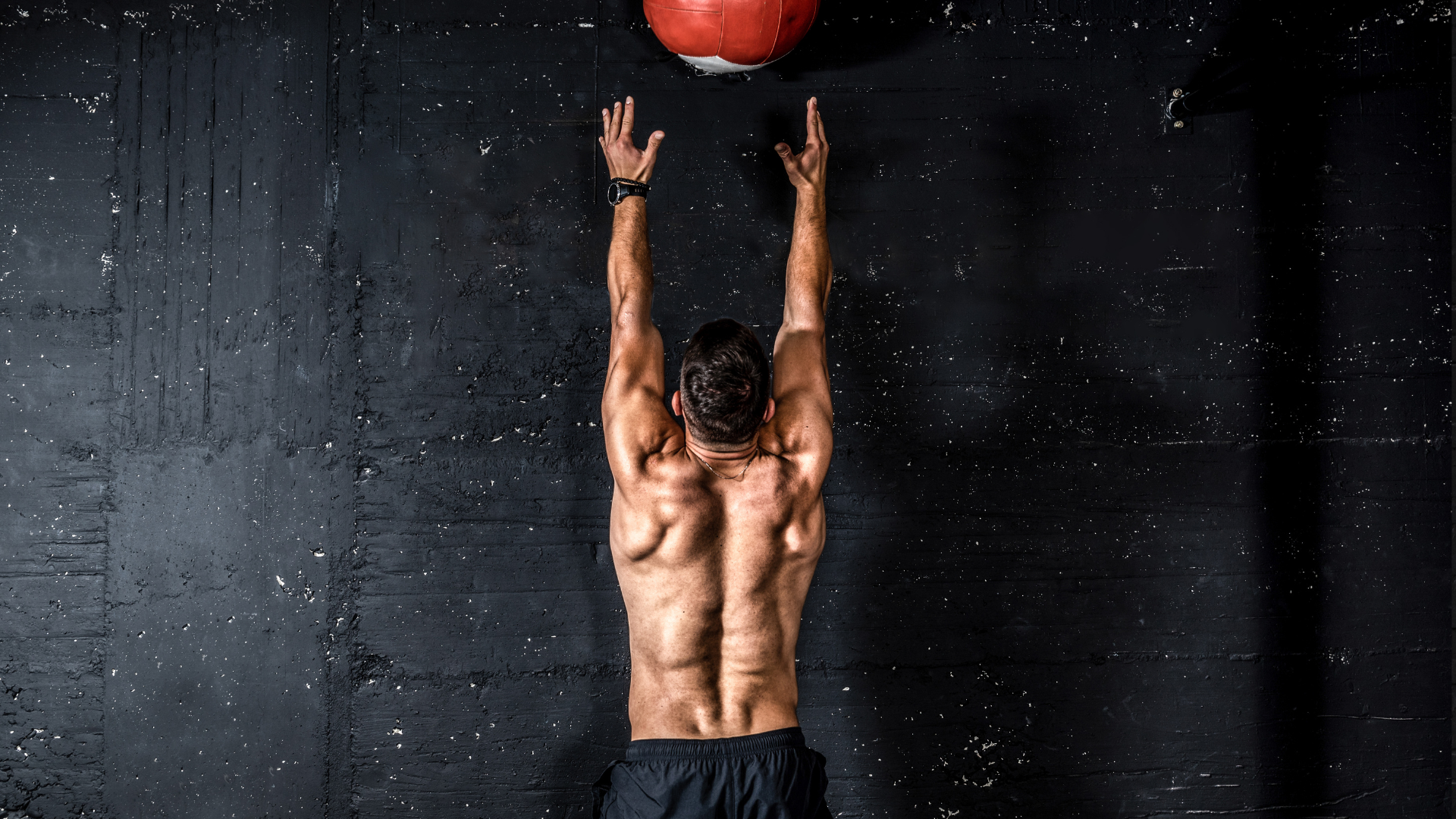
I typically train four times a week at the gym and supplement with two home workouts. On my non-gym days, I took my wall ball routine to my back garden, using a homemade target and a 4kg medicine ball. While it wasn’t as heavy as the 8kg ball I used at David Lloyd, the lighter weight allowed me to focus on improving my form and speed.
By the end of the week, my throwing and catching skills had significantly improved. Wall balls demand constant focus; what goes up must come down – often faster than you expect. My squat form also got a makeover.
“Keep your chest tall, feet shoulder-width apart, and knees tracking over your toes,” Gillis reminded me. Following this advice, I learned to harness power from my quads to throw the ball upward while maintaining my balance.
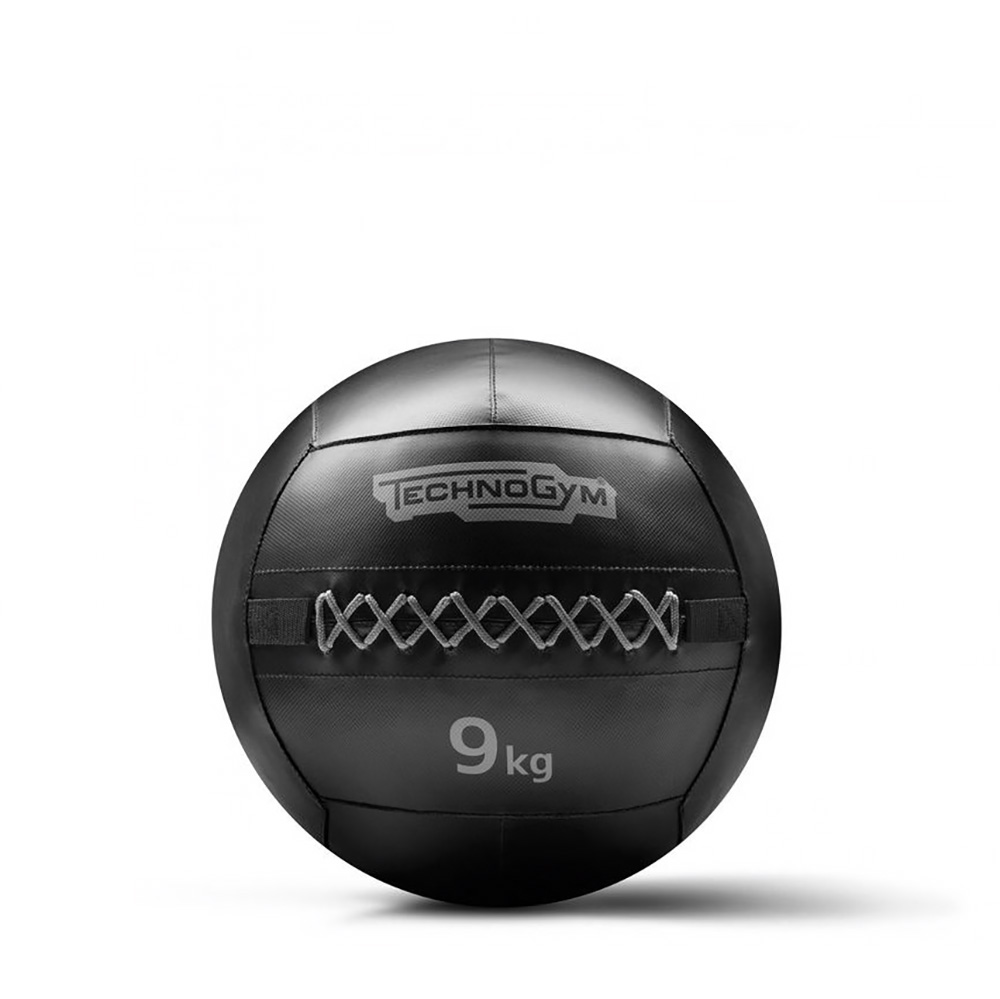
Technogym Medicine Ball
A gym staple, the Technogym Medicine Ball is a versatile fitness tool designed for functional training, improving strength, coordination, and power. With its durable, anti-slip surface and range of weights, it’s perfect for exercises like wall balls, twists, and presses. Ideal for all fitness levels, it enhances dynamic and explosive workouts.
Initially, it took a few days to build the confidence to hit the target consistently. But as the week progressed, so did my technique – and my self-assurance. By using the momentum of the squat to propel the ball upward, I developed a rhythm and flow to the movement.
The benefits were undeniable. My core played a pivotal role in stabilizing my body, while my shoulders, chest, and arms worked in unison to execute each throw. Even the stabilizing muscles in my back and lats joined the party.
Wall balls also gave me a taste of explosive, compound training. “This is one of my favorite gym movements because it delivers such a great return on investment,” Gillis explains.
After 30 reps, my heart rate rivaled the peak of a hill sprint, yet I was engaging in a functional, resistance-based exercise that kept my body strong and resilient. As a half-marathon runner, this full-body challenge was a perfect complement to my training.
Verdict
After a week of wall balls, I’m hooked. They’re an excellent way to build power, upper-body strength, and functional fitness. Squatting while powering the ball overhead worked my legs, chest, shoulders, and core simultaneously – all while giving my VO2 max a boost.
Wall balls are officially part of my gym warm-up. They engage the entire body, require focus, and elevate my heart rate, preparing me for a productive workout.
The glute activation at the top of each squat felt powerful, and by the end of the week, I was completing my 30 reps with ease – and even enjoying it! While 30 reps are challenging, they’re nowhere near as grueling as the 100 required in a HYROX competition (thankfully without the added torture of burpee broad jumps and sled pushes).
Now, I’m exploring how to incorporate wall balls into more complex circuits. Gillis recommends pairing them with planks to enhance core stability or varying the tempo to target both power and endurance.
I’ve discovered a love for this explosive exercise – and I’m ready to push myself further. Safe to say, I’m now a wall-ball fanatic.

Lucy Miller is a journalist, Level 3 Personal Trainer, Nutritional Advisor and Children’s Fitness Specialist. She holds fitness qualifications from NASM Training and Premier Training International and has been a fitness journalist and fitness (and cover) model for over 20 years. Since going freelance in 2014, Lucy left Men’s Fitness Magazine to write for an abundance of top consumer titles such as Women’s Health, Women’s Fitness, Waitrose, The Times, The Guardian and Runners World.
She’s also extremely passionate when it comes to educating others about health and physical activity and loves inspiring and working with children and adults to help make fitness fun, sustainable and accessible. In her spare time, Lucy is ever the sportswoman. Once a national gymnast, having won three national titles, she has also run a handful of marathons around the world and loves to test her physical and mental side with daily running and gym sessions, not to mention ballet, bootcamp, boxing and TRX.
-
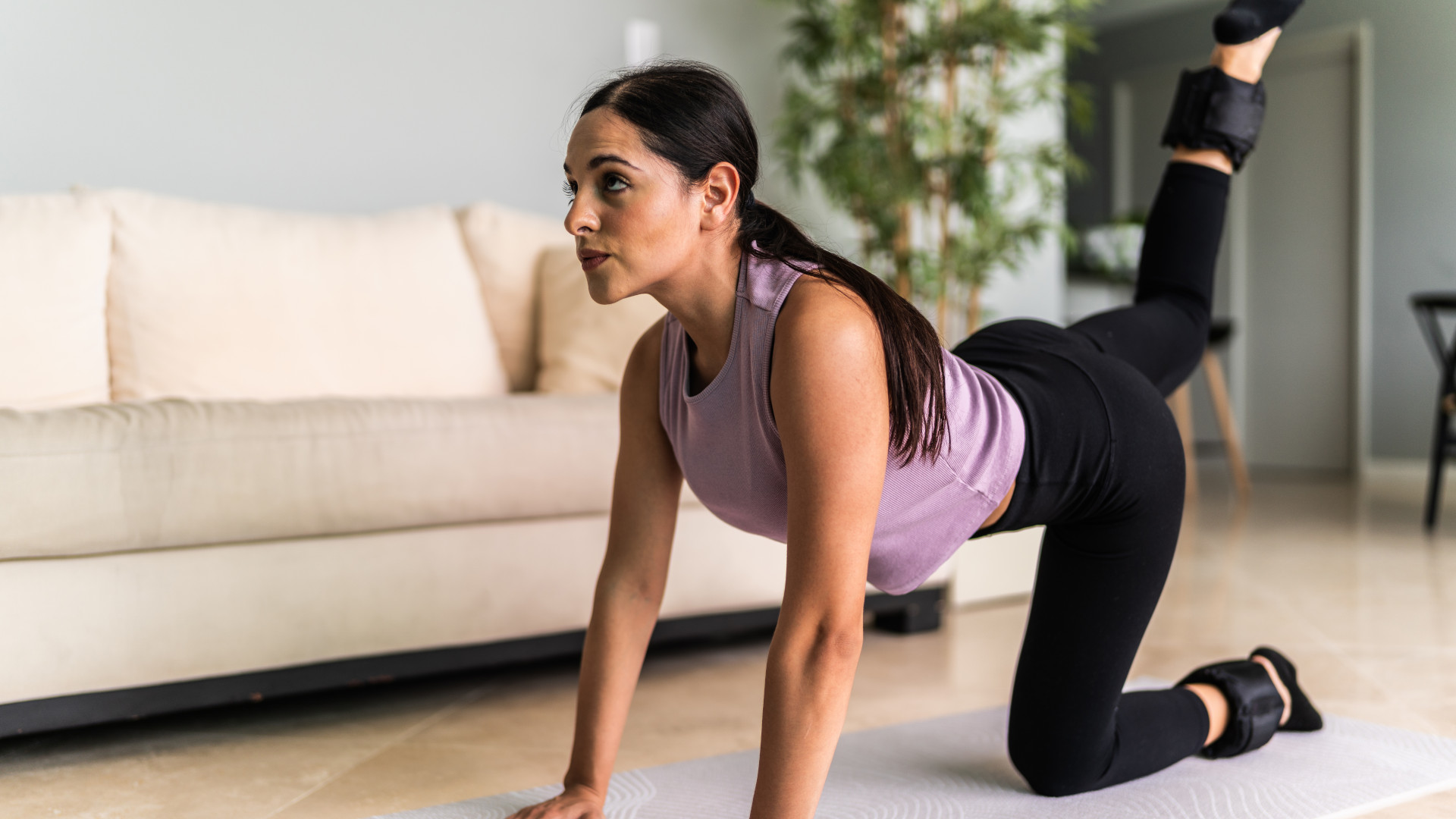 I exercised with ankle weights for 2 weeks – 5 things I learned
I exercised with ankle weights for 2 weeks – 5 things I learnedFrom building new muscle to giving my metabolism a major boost
By Lucy Miller
-
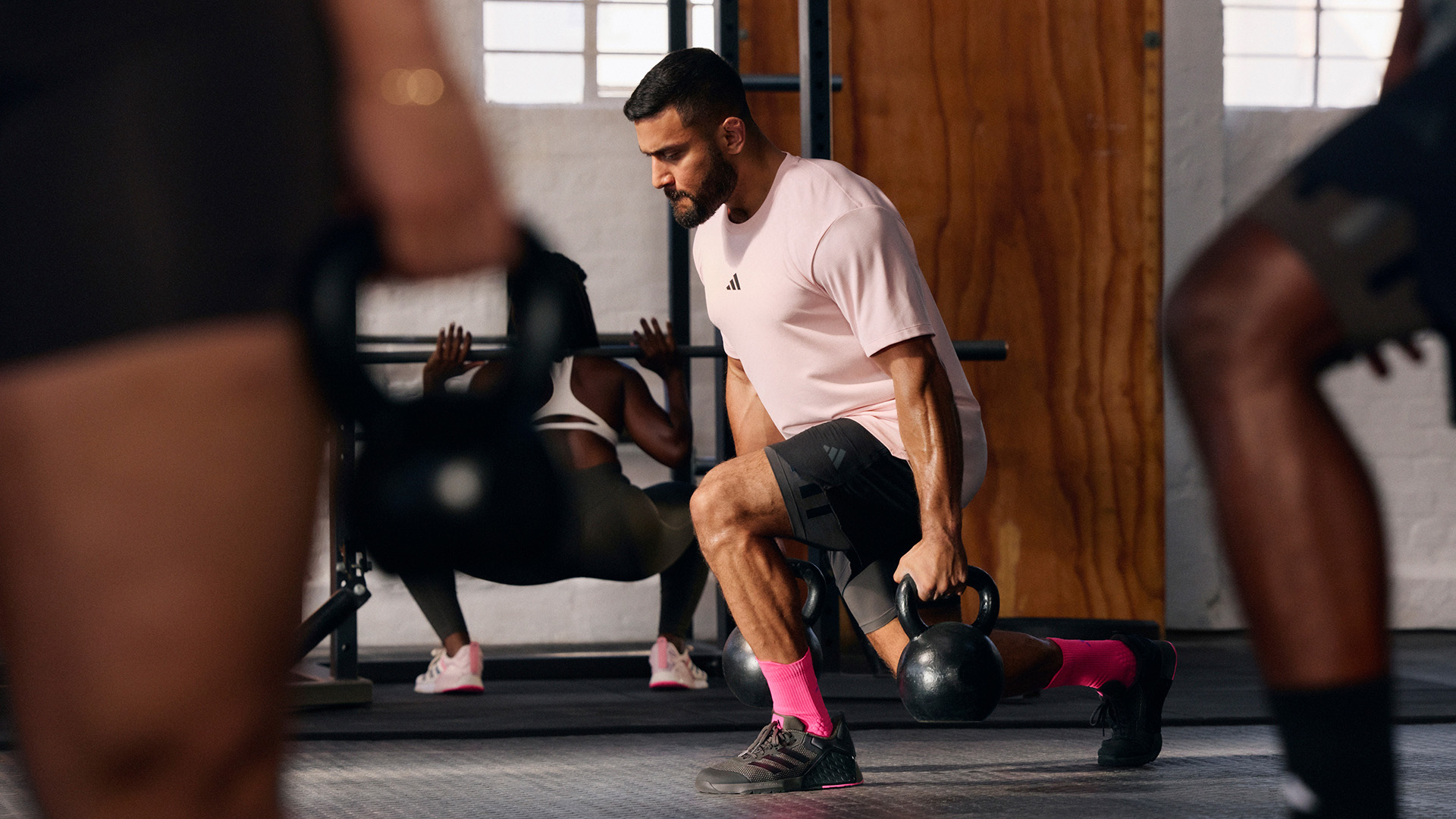 6 kettlebell exercises every runner must include in their workouts to improve speed and stamina
6 kettlebell exercises every runner must include in their workouts to improve speed and staminaAdd these exercises to boost your running performance
By Lucy Miller
-
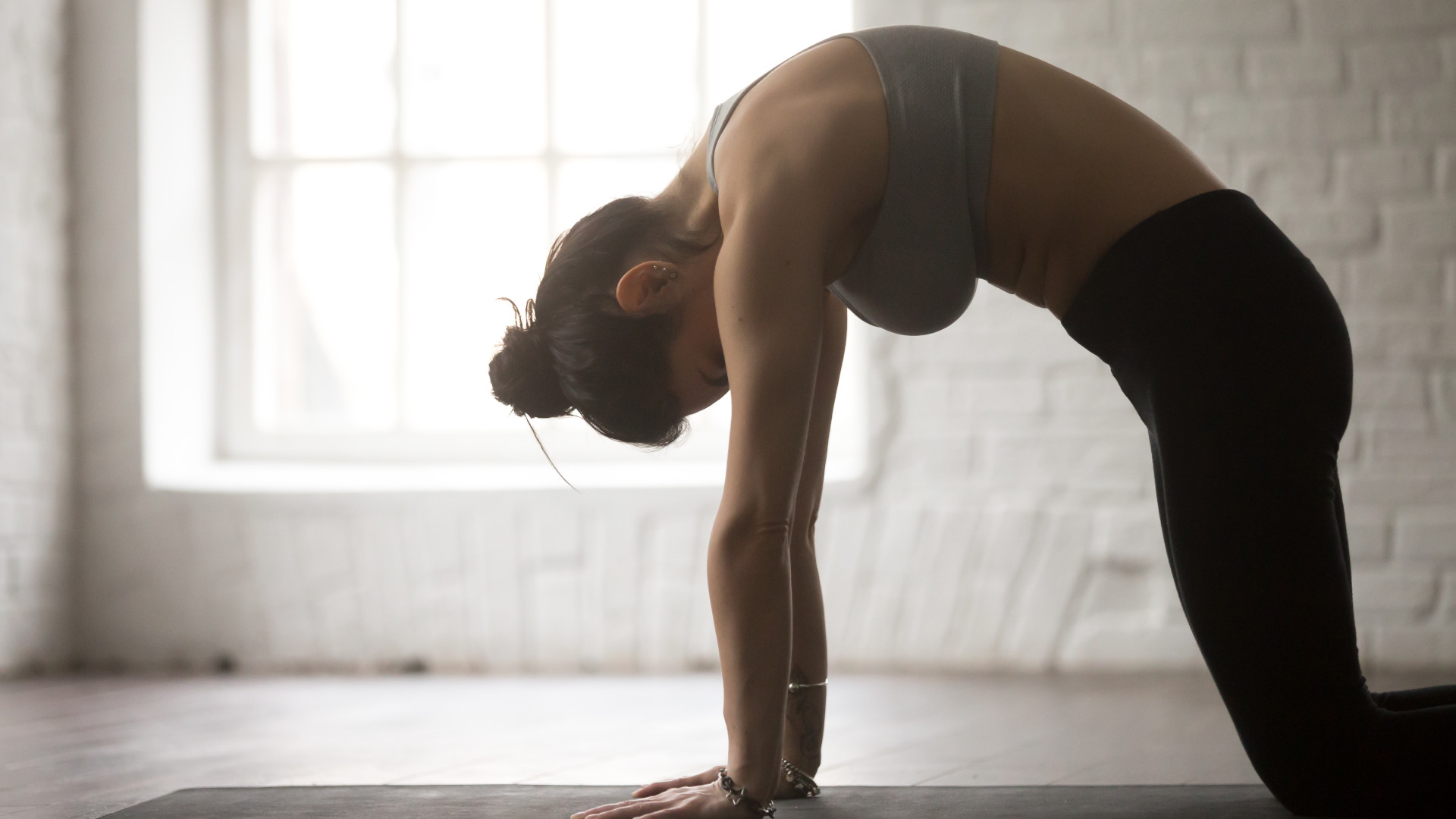 Forget tight hamstrings – yoga teacher recommends a 10-minute mobility routine for better posture
Forget tight hamstrings – yoga teacher recommends a 10-minute mobility routine for better postureSart your day the right way with this quick mobility flow
By Matt Kollat
-
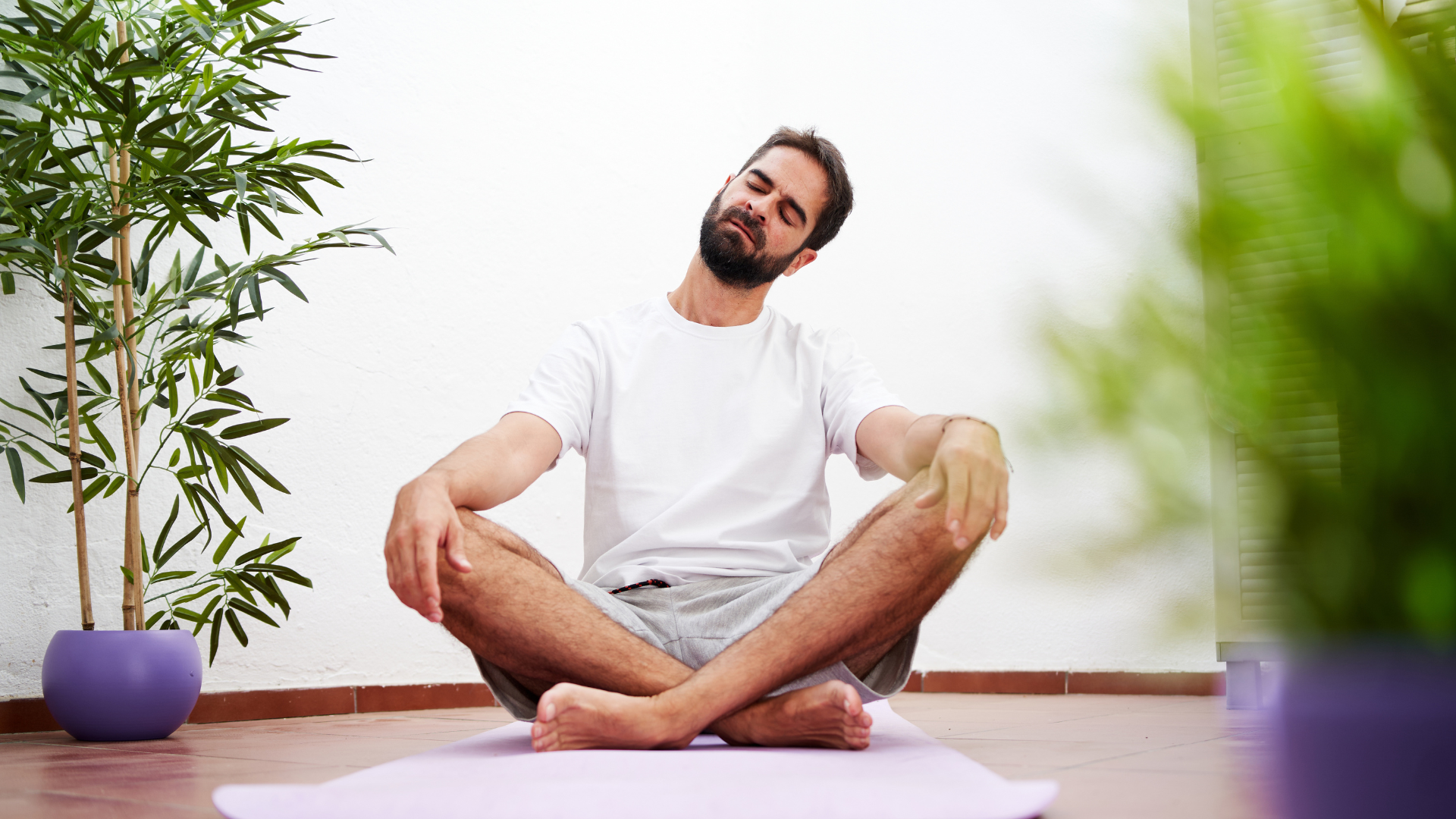 "It's a nice way to start the day" - Yoga teacher shares 10-minute no-equipment mobility routine
"It's a nice way to start the day" - Yoga teacher shares 10-minute no-equipment mobility routineShake off stiffness and start your day right with this quick, no-equipment mobility flow
By Matt Kollat
-
 20 minutes, two home weights and this HYROX-inspired workout for full-body power
20 minutes, two home weights and this HYROX-inspired workout for full-body powerReady to experience the perfect fusion of strength, endurance, and agility?
By Matt Kollat
-
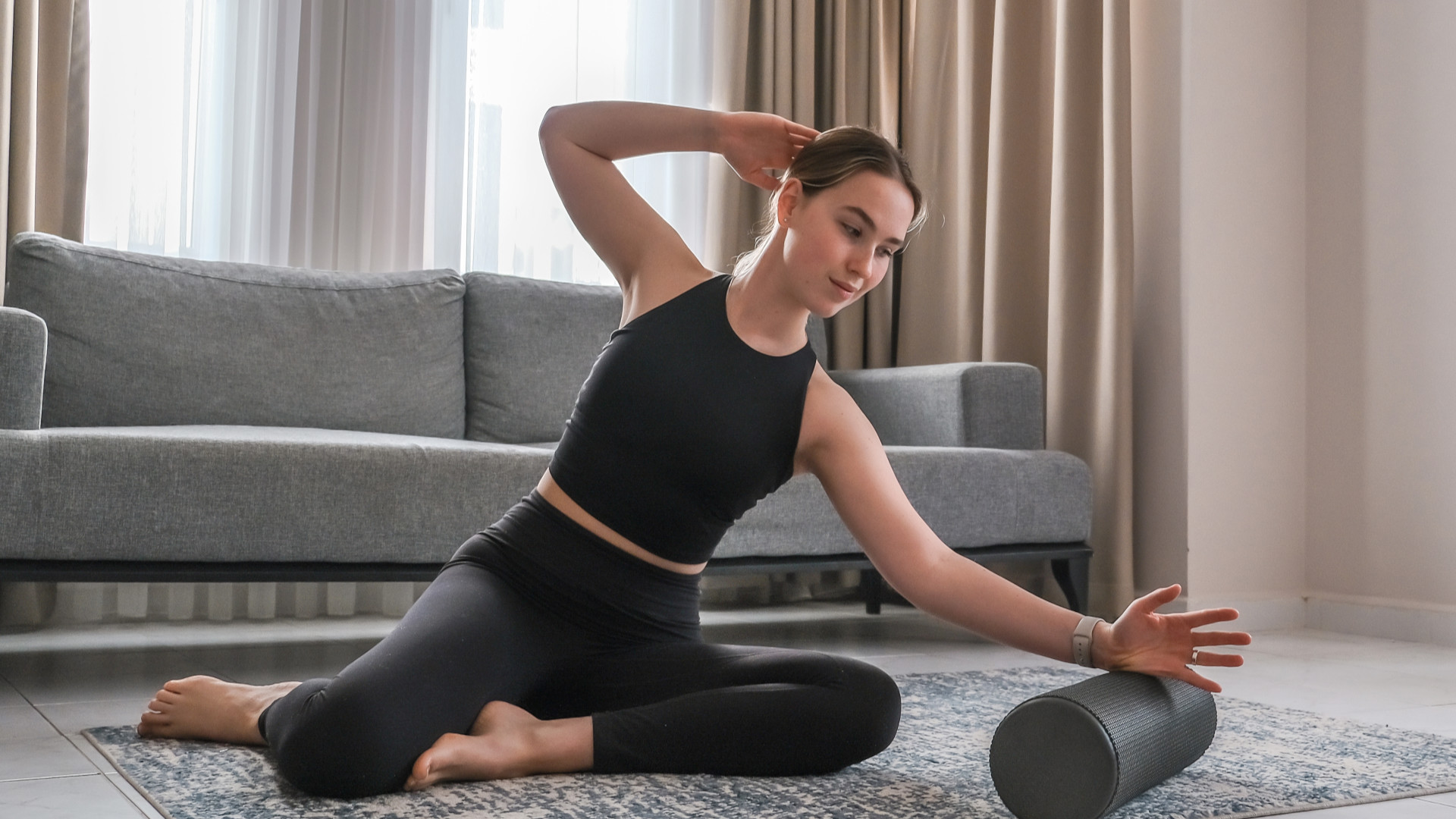 Three 'non-negotiable' exercises that’ll improve full-body mobility, according to an expert
Three 'non-negotiable' exercises that’ll improve full-body mobility, according to an expertOil up those tight joints for improved movement and better workouts
By Bryony Firth-Bernard
-
 You don’t need machines— this no-jump cardio workout burns calories and builds strength all over
You don’t need machines— this no-jump cardio workout burns calories and builds strength all overBoost your fitness and feel stronger without straining your joints
By Bryony Firth-Bernard
-
 "Expect to sweat and burn lots of calories!" - Fitness trainer recommends no-equipment full-body workout
"Expect to sweat and burn lots of calories!" - Fitness trainer recommends no-equipment full-body workoutFire up your metabolism with this intense full-body workout – no equipment needed
By Matt Kollat
